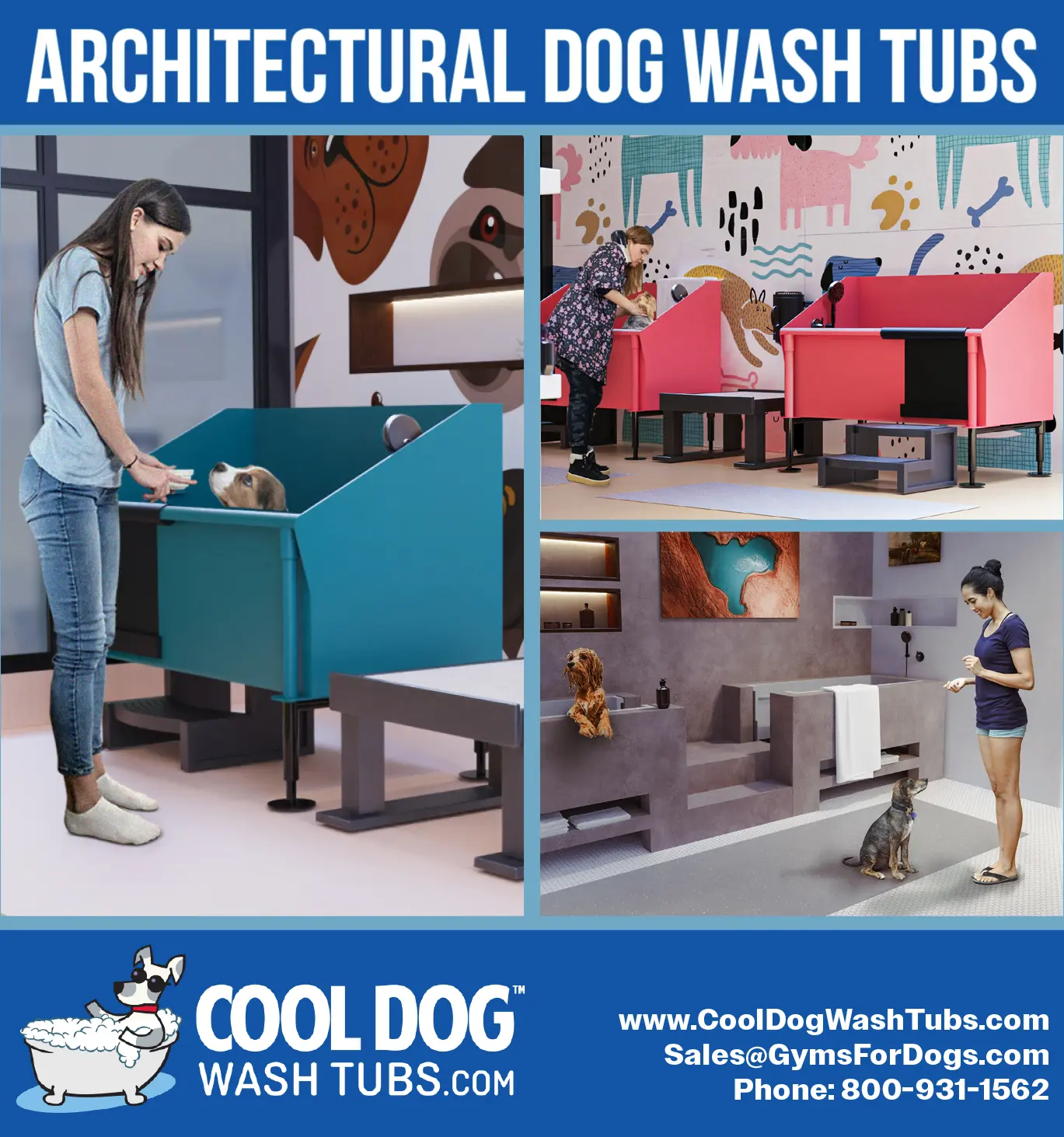


By Benita Altier LVT, VTS (Dentistry)
eterinary professionals have long been communicating with clients about dental care for pets by calling the procedure “a dental.” This adjective, used like a noun, has dominated the fabric of veterinary practices nationwide for at least as long as I have been a veterinary technician (over 35 years). No one ever told me not to call all dental care “a dental;” I just assumed that word described “it.”
Unfortunately, calling a discipline of medicine by one adjective does not even begin to define the complexity of our patients’ needs regarding oral and dental health. Using this term does considerable damage to the actual value of the procedure, which involves anesthesia, diagnostics, treatment, and preventative measures to ensure our animal patients do not suffer in silence from painful dental disease or other oral disorders.
I have visited, on average, over 100 hospitals a year for the past 13 years or so, and I rarely come across a hospital that uses a term other than “dental” for anything to do with the mouth. The term C.O.H.A.T., despite being defined as perfect for the task, has been slow to be fully embraced by the profession.

Another term that has come about is an actual word we frequently use. When added to the word “dental,” it makes sense to help us define and bring value to the foundational procedure that all animals need regarding looking for dental and oral disease and cleaning the tooth structures. That term is “core.” Core values, core curriculum, core vaccines and core wellness care are all phrases we use as a part of daily life. Dr. Paul Mitchell, DVM, DAVDC, coined C.O.R.E. to mean Comprehensive Oral and Radiographic Evaluation. When we say, “Your pet is due for their C.O.R.E. dental procedure,” we plan to take the following steps:
- Prepare the patient for anesthesia2 by a thorough “awake” examination of the body and vital signs and as detailed an oral examination as possible.
- Blood, urine, fecal testing, E.C.G., thoracic and abdominal imaging, or any other pre-anesthetic testing deemed appropriate by the doctor should be performed a few days before the planned anesthetic event.
- All testing results should be evaluated by the D.V.M. and reported to the client. Add on additional testing as needed to clear the patient for anesthesia.
- Admit the patient fasted and perform a physical examination, including standard vital signs with a blood pressure reading.
- Prepare an anesthetic plan and all equipment and materials to provide general anesthesia, including intubation and monitoring.
- Induce the patient, intubate, and provide intravenous fluid support. Ongoing monitoring of critical vital signs, including blood pressure, body temperature, heart rate, respiratory rate, and depth of anesthesia, should be provided and monitored by a trained technician or D.V.M. Active warming should be provided to ensure body temperature remains normothermic.
- Obtain “before” photographs of the rostral and right and left buccal sides of the dentition using gloved hands and a cheek retractor.
- Examine all soft tissues of the oral cavity from caudal to rostral, palate to sublingual, and all inner-lip mucosal tissues. Careful observations should be performed to look for any abnormalities or growths.
- Obtain full-mouth intraoral dental radiographs. Have the D.V.M. begin to interpret these images.
- Rinse oral and dental tissues with a 0.12% chlorhexidine solution.
- Perform gross removal of tartar or calculus to facilitate the comprehensive oral examination.
- This step is abbreviated if there are little to no calculus accumulations on the tooth surfaces.
- Using a dental probe-explorer instrument, a dental mirror, lighting, and magnification, fully evaluate all tooth surfaces and the periodontal structures. The dental probe should be gently advanced to a stopping point every few millimeters around every tooth. Abnormal probing measurements are noted when beyond the depth of a normal sulcus in the dog or cat.
- The treatment plan is updated once all pathology has been discovered or ruled out. The C.O.R.E. dental procedure is just the foundation procedure, so any treatment would be C.O.R.E. Plus (additional time) to treat dental or oral disease.
- All dental structures are thoroughly cleaned above and below the gingival margin using ultrasonic scaling (proper tip choice is essential) and hand scalers and curettes.
- All dental surfaces are then polished using a low-speed handpiece, prophy angle, and fine-grit prophy paste.
- Rinse all dental surfaces free of debris and prophy paste.
- Apply dental sealants if desired.
Suppose full-mouth dental radiographs take someone about 10-15 minutes to obtain. In that case, we need 10 more minutes to perform an oral examination and charting procedure properly, update the treatment plan and communicate our plan to the client. The financial cost of treatment must be approved. We then professionally scale and polish all tooth surfaces except those that will be extracted that day. We concluded that cats should be 40-45 minutes for a C.O.R.E. dental procedure and dogs between 45-60 minutes.
It helps with scheduling if we know the patient has an apparent dental disease and it won’t be just the foundation procedure (C.O.R.E.). It will be C.O.R.E. Plus, which includes the additional time to treat the disease. This treatment could be extractions or periodontal therapy to save teeth that can be saved. A boarded veterinary dentist can perform other advanced dental procedures. But how long are we willing to keep a pet under anesthesia for these procedures?

Some patients have such extensive dental disease that it could be far wiser to plan the procedure in two appointments from the beginning. Clients appreciate a realistic and safe approach, especially when we know dental disease is often hidden from our view and dental imaging such as radiographs, computed tomography (CT) and clinical evaluations are impossible without anesthesia.
Elevating the procedure’s value to the client is so important, as we need to ensure that they know dental care is a part of wellness care. Starting at an early age and performing the C.O.R.E. dental procedure at least annually throughout the pet’s life will be essential.
Pet parents know how much they love their pets and how much money they can spend. Veterinary professionals need to elevate the understanding of dentistry and its importance by using terminology that shows the value is worth the financial cost to the client. We need to understand the cost to the pet if we do not communicate the value through the words we choose to use.
References
- Hale, F. (2010, April). What the Heck is a C.O.H.A.T.? toothvet.ca. http://toothvet.ca/PDFfiles/cohat.pdf
- A.A.H.A. Anesthesia Guidelines for Dogs and Cats. (2020). American Animal Hospital Association. https://www.aaha.org/aaha-guidelines/2020-aaha-anesthesia-and-monitoring-guidelines-for-dogs-and-cats/anesthesia-and-monitoring-home/



